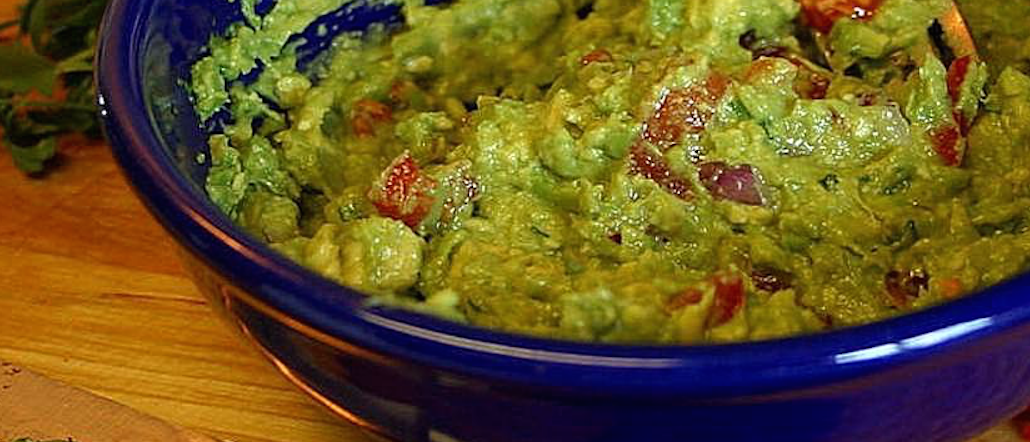
For once, The New York Times is bringing people together.
When it’s not busy discovering Brooklyn or writing about the hottest new monocle trends, the Gray Lady is usually the paper of record. Only, today it has sent a tweet that repulsed a nation.
And the Internet wants to make one thing clear: Nobody — regardless of age, race or political party — wants peas in their guacamole. From Jeb Bush and the Texas GOP to President Barack Obama himself, people on both sides of the aisle agreed that the whole proposition is just ludicrous.
“The peas add intense sweetness and a chunky texture to the dip, making it more substantial on the chip,” writes food columnist Melissa Clark.
Add green peas to your guacamole. Trust us. https://t.co/7imMY9c2ph pic.twitter.com/oeOMt2qgmh
— The New York Times (@nytimes) July 1, 2015
Last we checked, guacamole wasn’t broken. So why is the Times trying to fix it? What’s next? Adding cottage cheese into queso? The disgusting tweet was widely mocked — in hundreds of retweets in the first few hours hours — and the Times was put on warning.
(Theory: We’re all just letting out a little cyber-steam in the wake of an intense couple of news weeks.)
A few of the Internet’s better pot (pea?) shots:
@nytimes please delete this — Lindsey Adler (@Lahlahlindsey) July 1, 2015
@nytimes Possibly the worst food advice ever.
— David Saleh Rauf (@davidSrauf) July 1, 2015
@nytimes delete your account — Laura J. Nelson (@laura_nelson) July 1, 2015
@nytimes hacked?
— Farhad Manjoo (@fmanjoo) July 1, 2015
The @nytimes declared war on Texas when they suggested adding green peas to guacamole. https://t.co/EDTqbzzsyE pic.twitter.com/FHjTvCaNj7 — Texas GOP (@TexasGOP) July 1, 2015
@nytimes don’t do this.
— BuzzFeed (@BuzzFeed) July 1, 2015
when u find peas in your guacamole @nytimes pic.twitter.com/6hJ0kux6mK — darth!™ (@darth) July 1, 2015
Not until you put avocado in your shepherd’s pie. https://t.co/K7jsNmOw9a — James Poniewozik (@poniewozik) July 1, 2015
Why would you pee in guacamole that’s disgusting — Silvia Killingsworth (@silviakillings) July 1, 2015
Peas in guacamole is Media Twitter’s gamergate — Alastair Coote (@_alastair) July 1, 2015
B E Never put Green peas H A Z In guacamole you weirdos — delrayser (@delrayser) July 1, 2015
so has anyone even bothered to try and see if adding green peas to guacamole is good? — David Covucci (@DavidCovucci) July 1, 2015
respect the nyt, but not buying peas in guac. onions, garlic, hot peppers. classic. https://t.co/MEEI8QHH1V
— President Obama (@POTUS) July 1, 2015
More in Media

From sidelines to spotlight: Esports events are putting creators center stage
Esports events’ embrace of content creators reflects advertisers’ changing priorities across both gaming and the wider culture. In the past, marketers viewed esports as one of the best ways to reach gamers. In 2025, brands are instead prioritizing creators in their outreach to audiences across demographics and interest areas, including gaming.

Condé Nast and Hearst strike Amazon AI licensing deals for Rufus
Condé Nast and Hearst have joined the New York Times in signing a licensing deal with Amazon for its AI-powered shopping assistant Rufus.

Media Briefing: AI payouts may be entering a new era
AI compensation is evolving — and new models, not just publisher demands, are driving the shift beyond flat-fee licensing.





